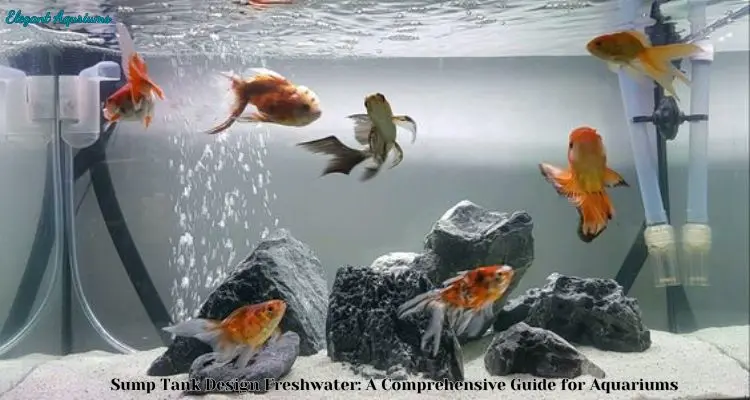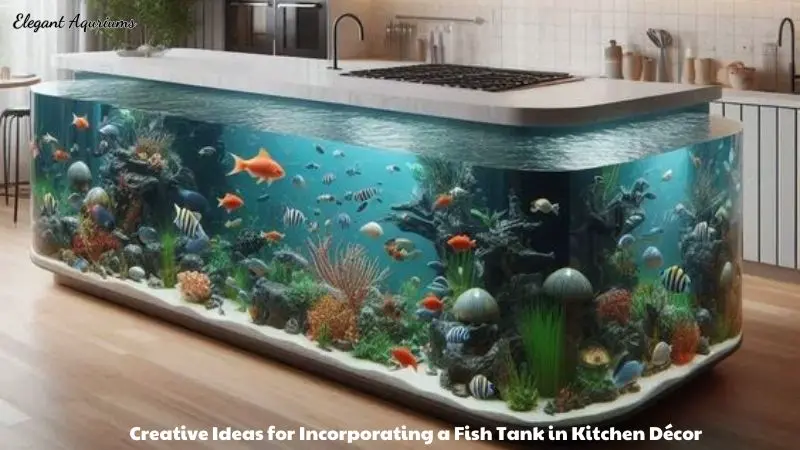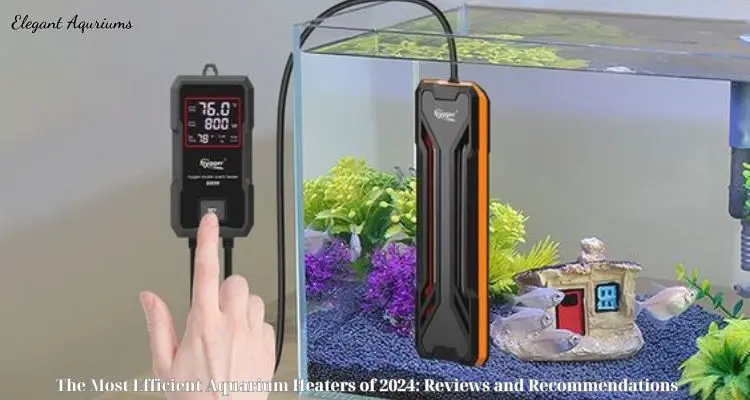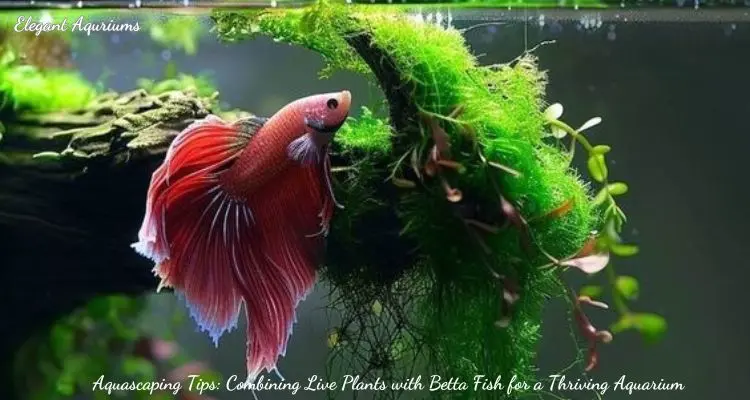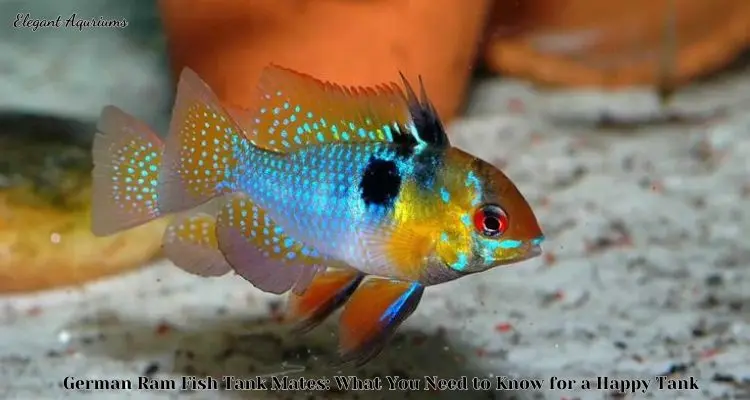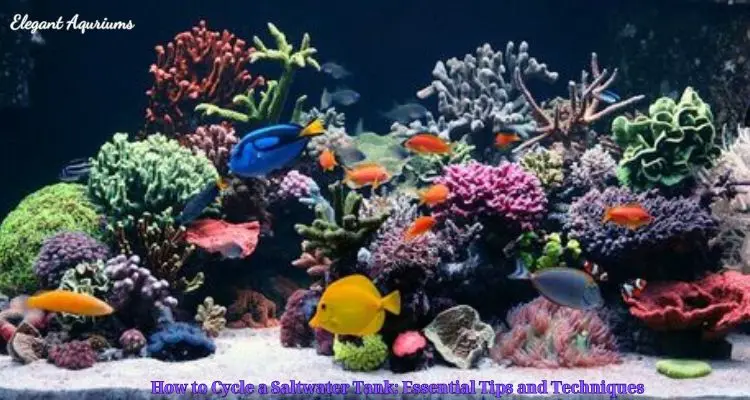Fish tank and equipment
Sump Tank Design Freshwater: A Comprehensive Guide for Aquariums
Aquarium enthusiasts often seek to enhance the health and beauty of their aquatic environments by implementing advanced filtration systems. One of the most effective methods for maintaining water quality in a freshwater aquarium is through the use of a sump tank.
Elegant Aquriums will delves into the intricacies of sump tank design for freshwater aquariums, covering the fundamental aspects of setup, benefits, and maintenance. Whether you’re a novice or a seasoned aquarist, understanding sump tank design freshwater will help you create a thriving aquatic habitat.
Understanding Sump Tanks
A sump tank is an auxiliary reservoir connected to the main aquarium that houses filtration equipment, heaters, and additional water. Its primary function is to enhance water quality and stability, creating a healthier environment for your aquatic life.
What is a Sump Tank?
A sump tank is a separate container placed below or beside the main aquarium. It extends the filtration system, allowing for additional mechanical, biological, and chemical filtration. The sump tank typically includes compartments for different types of media, a protein skimmer, a heater, and a return pump.
Why Use a Sump Tank?
Incorporating a sump tank into your aquarium setup offers several advantages:
- Enhanced Filtration: A sump allows for larger, more effective filtration systems. This can significantly improve water clarity and quality compared to using just in-tank filters.
- Increased Water Volume: By adding a sump tank, you increase the total water volume of your system. This larger water volume helps to stabilize water parameters and reduce fluctuations, which is beneficial for the health of your aquatic life.
- Space Efficiency: Placing equipment in the sump frees up space in the display tank. This results in a cleaner, more visually appealing aquarium with fewer obstructions.
- Easier Maintenance: With equipment housed in the sump, maintenance tasks like cleaning and replacing filter media become more convenient.
Sump Tank Design Freshwater

Designing a sump tank involves careful planning to ensure it meets the needs of your aquarium. Here are the key considerations:
Size and Capacity
The size of your sump tank should be proportional to the size of your main aquarium. A general recommendation is that the sump should have a capacity of 10-20% of the main tank’s volume. For instance, a 100-gallon aquarium would benefit from a sump with a capacity of 10-20 gallons.
When choosing a sump tank, also consider the available space in your stand or area where it will be placed. Ensure that the sump tank fits comfortably and allows for easy access to all components.
Sump Tank Layout
A well-designed sump tank typically includes multiple compartments, each serving a specific purpose. Common compartments include:
- Overflow Section: This section receives water from the main aquarium. It usually includes a filter sock or pre-filter to remove large debris before the water enters the sump.
- Protein Skimmer Section: Although more common in marine setups, some freshwater setups may benefit from a protein skimmer to remove organic waste.
- Filter Media Section: This compartment contains various types of filtration media, such as sponges, activated carbon, and ceramic rings, for mechanical, biological, and chemical filtration.
- Return Pump Section: This section houses the return pump, which sends water back to the main aquarium. Ensure this section has enough space for the pump and associated plumbing.
Baffles and Dividers
Baffles and dividers are used to create separate compartments within the sump tank. These are typically made of acrylic or glass and help to control water flow and prevent the mixing of different types of filtration media. Proper placement of baffles ensures that water flows through each section effectively, maximizing filtration efficiency.
When installing baffles, consider:
- Water Flow: Arrange baffles to create a flow pattern that allows water to pass through each compartment in a controlled manner. This prevents the mixing of clean and dirty water and ensures effective filtration.
- Surface Area: Provide sufficient surface area for beneficial bacteria to colonize, which is essential for biological filtration.
- Access Points: Design access points for easy maintenance and cleaning of each compartment.
Components of a Freshwater Sump Tank
A functional sump tank includes several essential components, each playing a crucial role in maintaining water quality and stability. Here are the key components:
Overflow Box
The overflow box is an integral part of the sump system, directing water from the main aquarium into the sump tank. It can be either an internal or external box, depending on your setup. An appropriately sized overflow box ensures efficient water transfer and minimizes the risk of overflow or flooding.
Return Pump
The return pump is responsible for pumping water from the sump tank back to the main aquarium. Select a pump with a flow rate that matches the needs of your aquarium and sump setup. Consider factors such as head height (the vertical distance the pump needs to lift the water) and flow rate when choosing a return pump.
Filtration Media
Various types of filtration media are used in the sump tank to maintain water quality:
- Mechanical Filtration: Mechanical media, such as filter socks, sponges, or foam pads, capture large particles and debris from the water.
- Biological Filtration: Biological media, such as ceramic rings, bio-balls, or other porous materials, provide surface area for beneficial bacteria to colonize. These bacteria break down organic waste and convert harmful substances like ammonia and nitrite into less harmful nitrate.
- Chemical Filtration: Chemical media, including activated carbon, phosphate removers, and other specialty products, help remove impurities and contaminants from the water.
Heater
A heater is often placed in the sump tank to maintain a stable water temperature. Ensure the heater is appropriately sized for the volume of water in the sump and has a reliable thermostat. Maintaining a consistent temperature is crucial for the health of your fish and plants.
Additional Equipment
Depending on your setup, you may also include additional equipment in the sump tank:
- Protein Skimmer: Used primarily in marine setups, a protein skimmer can also be beneficial in some freshwater systems to remove organic waste.
- UV Sterilizer: A UV sterilizer helps control algae and pathogens, improving water clarity and overall health.
- Oxygen Reactor: An oxygen reactor increases the oxygen levels in the water, which can be beneficial for heavily stocked tanks or aquariums with high oxygen demand.
Setting Up Your Sump Tank
Proper setup is essential for the effective operation of your sump tank. Follow these steps to ensure a successful installation:
Positioning and Placement
Place the sump tank on a stable stand or platform capable of supporting its weight when filled with water. Ensure that the stand allows for easy access to the sump components and has adequate space for any additional equipment.
Plumbing and Connections
Connect the overflow box to the sump tank using appropriate plumbing materials. Flexible tubing or PVC piping is commonly used to create secure, leak-proof connections. Ensure that the return pump is properly connected to the main aquarium and check for any leaks in the system.
Filling and Testing
Fill the sump tank with water and carefully check all connections for leaks. Turn on the return pump and monitor the water flow to ensure that it is operating correctly. Test the system thoroughly before introducing any live fish or plants to the main aquarium.
Cycling the System
Allow the sump tank to run for several days before adding aquatic life to the main aquarium. This period allows the filtration system to establish proper water flow and filtration. Monitor water parameters such as temperature, pH, ammonia, nitrite, and nitrate levels to ensure a stable environment for your fish and plants.
Troubleshooting and Maintenance Tips
Maintaining a sump tank requires attention to detail and regular checks to ensure everything is functioning correctly. Here are some troubleshooting tips and maintenance practices to keep your sump tank in top shape:
Troubleshooting Leaks
Leaks can occur in various parts of the sump system, including the tank itself, plumbing connections, or the overflow box. To address leaks:
- Inspect Connections: Check all plumbing connections for signs of leakage. Tighten or reseal any connections that appear loose.
- Examine the Sump Tank: Inspect the sump tank for cracks or damage. If a crack is found, it may require repair or replacement.
- Check the Overflow Box: Ensure the overflow box is securely attached and that there are no cracks or leaks at its connection points.
Maintaining Water Flow
Proper water flow is crucial for effective filtration. To maintain optimal water flow:
- Clean Filter Media: Regularly clean or replace filter media to prevent clogs and ensure efficient water flow through the sump.
- Adjust Baffles: Make sure baffles and dividers are correctly positioned to direct water flow through each compartment as intended.
- Monitor Pump Performance: Check the return pump for signs of wear or clogging. Clean the pump regularly to maintain its performance.
Managing Water Quality
Regular monitoring and adjustments are necessary to maintain water quality:
- Test Water Parameters: Regularly test water parameters such as temperature, pH, ammonia, nitrite, and nitrate. Adjust filtration and water changes as needed to keep these parameters within optimal ranges.
- Perform Routine Maintenance: Conduct routine maintenance tasks, including cleaning the sump tank, changing filter media, and inspecting equipment.
Conclusion
Sump tank design for freshwater aquariums is a valuable addition to any aquarium setup, offering enhanced filtration, increased water volume, and improved space utilization. By understanding the principles of sump tank design and carefully planning your setup, you can create a healthy and thriving aquatic environment for your fish and plants. Regular maintenance and attention to detail will ensure the long-term success of your sump tank system. With the right design and care, your freshwater aquarium will flourish, providing a beautiful and stable home for your aquatic life.

